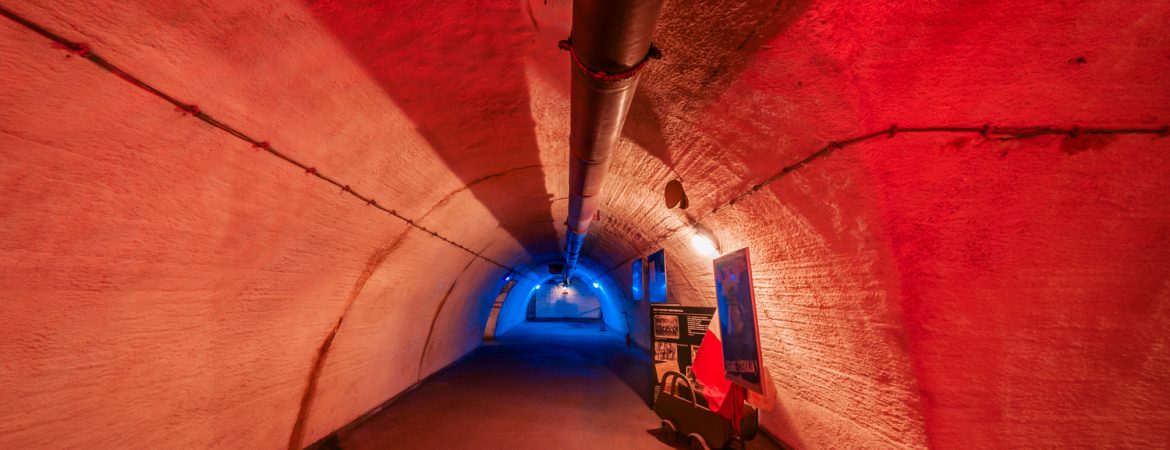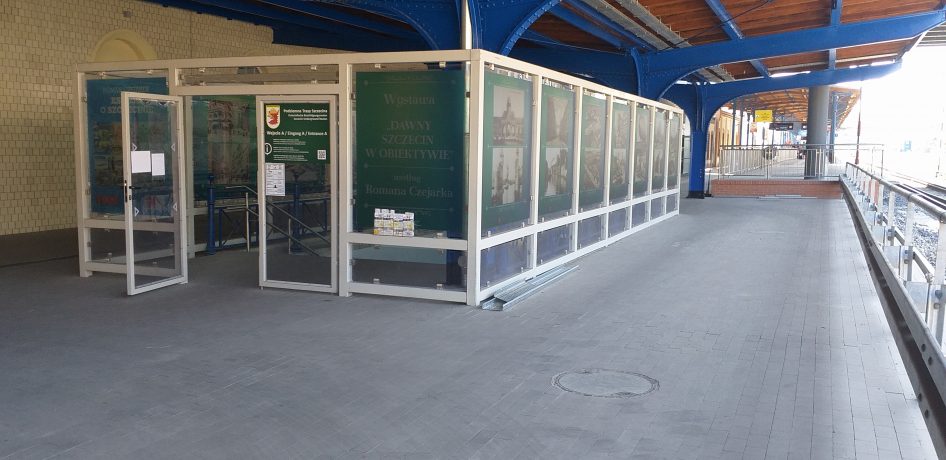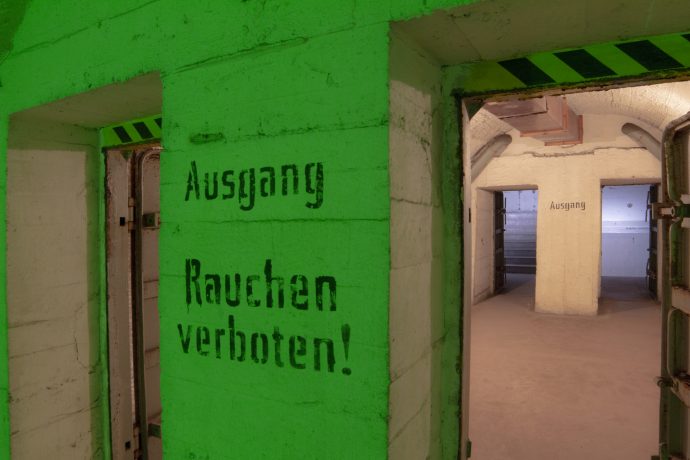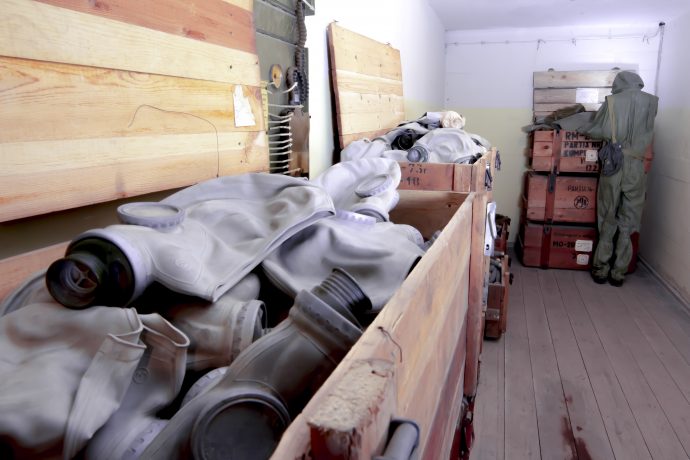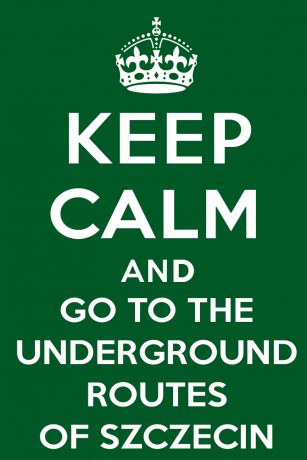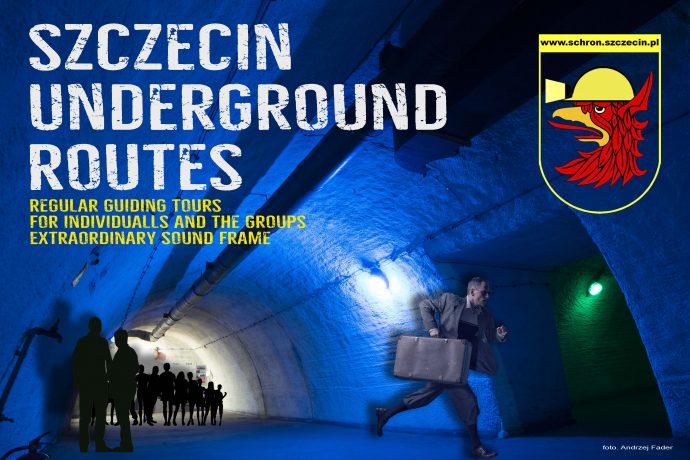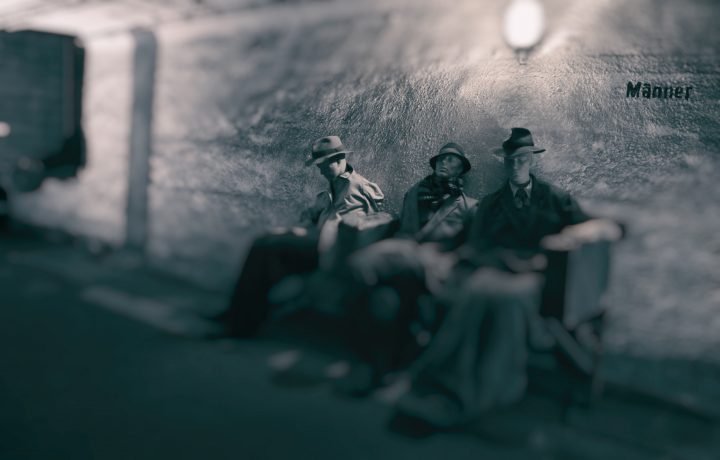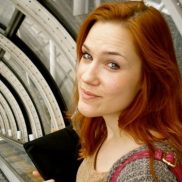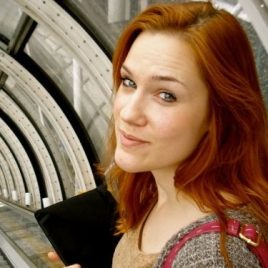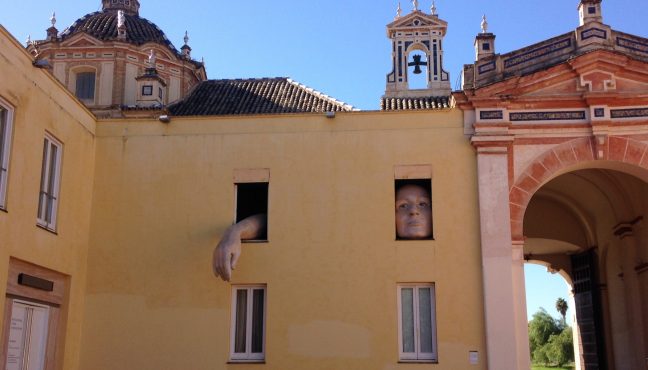We haven’t yet explored the city of Szczecin, located the farthest away from Warsaw out of all the Polish cities we’ve gone to, so we decided it’s time to finally travel there.
Szczecin lies by the Baltic Sea, in the northwest corner of the country. It’s the cultural and touristic center of the region, and influenced quite a few cities on the German side. Apart from the borders it shares with Germany (or Prussia in past times), Szczecin has a rich history. Throughout the centuries its territory was constantly shifting between the two neighbours. During the World War II, Szczecin was nicknamed "The Great City of Szczecin" and kept that title until the end of the war. At that time, there were around one hundred work camps created there and the city was under constant Allied bombardment, which destroyed around 70% of its historic architecture. Thankfully, there are still around 270 monuments and the city itself is located on the map of the European Route of Brick Gothic. Besides what remained on the surface of the city, there is a real gem hiding underground – war shelters, which now make a great history museum. Agnieszka Fader from the Museum of Underground Routes in Szczecin, tells us how it all began.
The idea came from the fascination with the history of Szczecin. The multicultural aspect of its history shaped what we call in the city, “Underground Szczecin.” Most of the historic undergrounds didn’t survive due to the forceful Allied bombarding, though there is the diversity that still can be distinguished: the remains of medieval systems, Swedish military attachment from 17th century, Prussian fortresses, Nazis anti-aircraft shelters or the Cold-War shelters. It made them strong witnesses of the exceptional history of the city.
Our goal was not only to take care of the touristic profile of the shelters, but most of all to take care of the historical education. Simultaneously, we didn’t want to run away from the confrontation with the World War II heritage, trying to raise awareness according to the thought of Benjamin Franklin: „There was never a good war or a bad peace.”
The museum is located right under the Railway Station, where the shelter was built during the World War II. Germans used the 18th century fortification as a base to create what was then called Stetting HBF-Kirchplatz. Later the shelter was serving as a nuclear shelter for civil people until the 1990s. It has a surface of around three thousand square meters and was able to fit around 5000 people!
The Shelter reached with its roots to the Prussian fortification. It was where the first breach from the Prussian fortress was created, though the left underground tunnels were used in 1941 as a base for the building of LSR (the above-mentioned Nazi shelter). Then, using the open-pit mining method, the impressive 18 meters staircase was added. This, nearly vertical, tunnel connects with the post-fortification corridors thanks to the strengthened concrete slabs.
One of the most interesting legends of that place is the myth that says that our shelter is also linked with Berlin by some secret tunnel. I’ve met quite a few Germans who were certain it was true. Well, we haven’t discovered such a connection yet.
So how is such a unique space being converted into a great historical museum? Agnieszka Fader told us a little bit about the challenges they faced in the beginning.
There were two great challenges. How do you adapt this raw area so it gains some character? What narration should we use so everything can be understood by visitors from all over the world? That’s how we decided to strengthen the work of our guides by the audio frame, the precise audio narration, which creates the appropriate atmosphere and most of all it helps to open up to the guide’s stories. Our main goal was to make the exhibits a helpful tool for the guide’s narration and the audio was to influence the visitors’ sensitivity.
We received a great honourable mention in 2006, which was an award of Polish Touristic Organisation - a certificate for the „Best Touristic Product.”
There are two routes that the visitors can choose from. The first one "The Second World War" lasts about an hour and presents the history of Szczecin during the war along with the first years after it became part of Poland. The second one is called "Cold-War - a life in Polish People’s Republic" and covers the part of the shelter that served as a nuclear shelter. The exhibition shows the system of the shelters and civil defence as well as life in PRL.
This unique scenery was even turned into a film set once; the shelter served as the set design for Andrzej Fader’s film "The Great Escape to the North", a sequel to the famous 1963 American film "The Great Escape" by John Sturges starring Steve McQueen and Richard Attenborough. Fader’s film explores the further fate of the characters from Sturges’ film.
The museum offers a wide range of events for groups, especially for the great integration adventures underground. There are various scripts you can choose from.
We finished our visit by asking Agnieszka about the museum’s plans for future.
We are going through challenging times as we are starting a new educational project. It’s called "Children ask Children". This exhibition will become our permanent one. Also for the 100th anniversary of regaining the independence back, we are creating an exhibition that is linked with the interactive presentation formed as a questionnaire with the elements of reconstruction.
The Underground Routes in Szczecin are a great witness of the city’s history and the cultural changes it has been through. The exceptional set-up makes the visitor truly feel it and sink into it. In the case of Szczecin, before exploring the city itself, it is definitely worth to check what’s under the surface.
